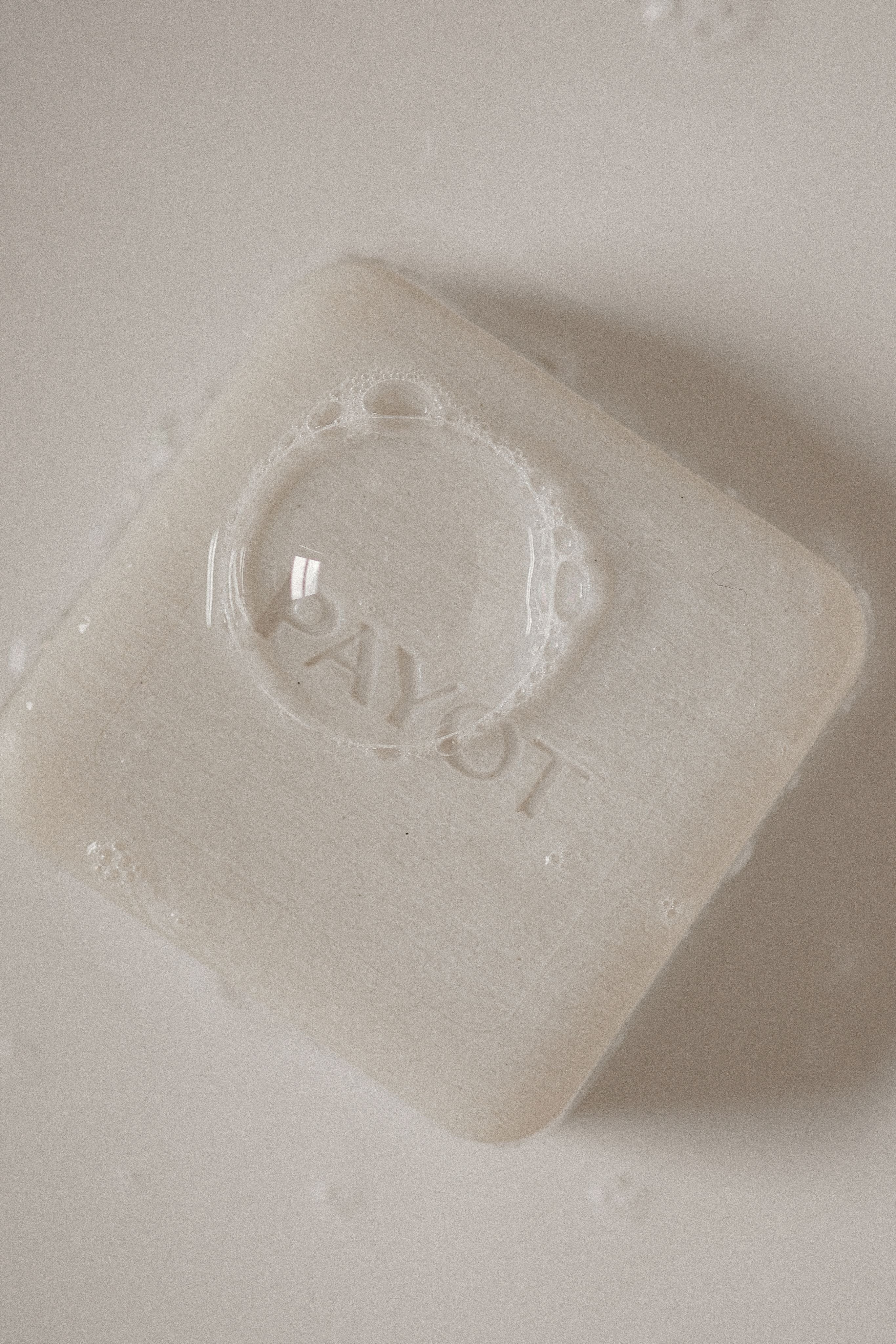Acne, the leading cause of dermatological consultations, is the most common umbrella term used to describe imperfections. However, the skin problems associated with imperfections are numerous and can take many forms. While they all impact the uniform and qualitative appearance of the epidermis, it's useful to know how to recognize them in order to provide them with the appropriate care and restore clear, harmonious skin.
The black point
Also called "open comedone," the blackhead is a type of mild, non-inflammatory acne. It is immediately recognizable by its black corridor, the result of the oxidation of sebum upon contact with air. In fact, excessive secretion of sebum (hyperseborrhea) and/or dead cells (hyperkeratinization) clogs a pore, which ends up forming a sort of dark plug on the surface of the skin. Painless, blackheads are most often found in the T-zone, i.e. the nose and its ridges, the forehead, and the chin.
Be careful, the blackhead is often confused with sebaceous filaments, which are very similar in appearance. While the blackhead is a comedo, a clogged pore filled with sebum and impurities, the sebaceous filament is the channel carrying sebum to the skin, the tip of which can sometimes blacken upon contact with air. Blackheads are present on the surface of the skin, while sebaceous filaments are subcutaneous.
The white point
Also called a "closed comedo" or "microcyst," a whitehead, like a blackhead, is one of the first symptoms of acne and is the result of a buildup of sebum and dead cells within a pore. A whitehead takes the form of a round, flesh-colored bump no more than 3 millimeters in diameter that forms under the skin. Unlike a blackhead, a whitehead does not oxidize upon contact with air, as it remains closed and retains its light color.
The whitehead may split and spill its contents onto the surface or into the skin. The risk of inflammation is high, especially if the whitehead is touched or picked at with unwashed hands. In this case, it may develop into a papule or pustule and become painful.
The papule
Also called a "red spot," a papule is a raised bump no larger than 5 millimeters in diameter. It can be rounded, oval, or more irregular in shape. It is solid and contains no liquid and is generally red, pale pink, or even brown in color. Papules are formed when sebum can no longer flow naturally to the skin's surface. It accumulates in the hair follicle, creating an environment conducive to the growth of bacteria.
Aside from their unsightly appearance, papules are inflammatory acne lesions. They can become infected and leave crusts or even lasting marks on the skin.
The pustule
Also known as a "whitehead," a pustule looks like a raised lump between 5 and 10 millimeters in diameter, with a circular center filled with pus—a clear, yellowish, serous fluid. A white bump surrounded by inflamed red skin, it can be tender and painful to the touch. Pustules are frequently infected papules. When bacteria penetrate the structure of the hair follicle, the walls of the affected pore(s) may rupture, leading to the formation of a larger pimple: a pustule.
It's tempting to try to scratch or pop a pustule. This is not recommended because it can worsen existing inflammation, slow down the pimple's healing process, and leave marks on the skin.
The nodule
Associated with severe acne or rosacea, a nodule is an infected skin lesion. It appears as a subcutaneous lump that can measure up to 6 mm in diameter and develops deep within the skin. Soft, hard, with regular or irregular borders, the nodule can be flesh-colored, white, or red and painful to the touch. Its resorption is often accompanied by scarring.
The nodule is linked to a malfunction of the sebaceous glands, which are working at full capacity and secreting too much sebum, to excessive keratinization, i.e. an overabundance of dead cells, and to inflammation of the skin. Most of the time benign, the nodule can, in rare cases, be cancerous.
The pigment spot
Pigmentation spots result from hyperpigmentation of the skin. Melanin, the dark pigment responsible for skin color and protection from the sun's rays, is secreted in excess and is found in excess in certain areas of the epidermis. Skin pigmentation becomes uneven, and more or less dark and irregular brown spots appear on parts of the body that have been particularly exposed to the sun.
The causes of blemishes can be external – too regular and unprotected sun exposure, unsuitable skincare routine, unbalanced lifestyle; or internal – hereditary predispositions, skin type prone to blemishes, hormonal problems, etc. A targeted skincare routine is necessary to overcome skin imperfections. If in doubt, it is recommended to consult a dermatologist.

